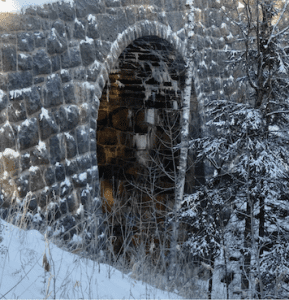 My friend and teacher, James Ford, has a recent Monkey Mind post (click here), “Assuming the Position: Zazen as a remembrance of things past and Zazen as awakening,” and has awakened me from a summer-time blog slumber.
My friend and teacher, James Ford, has a recent Monkey Mind post (click here), “Assuming the Position: Zazen as a remembrance of things past and Zazen as awakening,” and has awakened me from a summer-time blog slumber.
James begins by reflecting on the purpose of the dharma talk and whether it is “to encourage practice” or “direct pointing to the matter at hand.”
The venerable then goes on to address what has become a common perspective on practice in the Soto school, at least in the US and particularly in the San Francisco Zen flavor (I believe but please educate me via comment if you think I’m wrong), that zazen is the “liturgical reenactment of awakening.”
That’s what James refers to in his title as “zazen as a remembrance of things past.”
I agree with James throughout and think this is an important post that points to the matter at hand in Zen ever so well.
And I have one quibble: for Dogen, the past is present. This is his holochronic view. In Being Time (Uji), for example, Dogen says,
Each moment is all being, is the entire world.
Koun, btw, works this passage in his recent post, Dogen in E-Prime.
But back to the point. For Dogen, past is present and so authentic shikantaza (aka, earnest, vivid sitting) is a reenactment (a practice enlightenment), of the Buddha under the Bodhi tree and all the successive buddhas and ancestors in the past and future.
Yes, for Dogen and for any of us “…when the baskets and cages are broken (Zazenshin).”
That little word “when” is very important and I believe at the heart of James’ concern. Shikantaza as a dogma is a deadly disservice to our heart’s innermost (and original) request – to awaken and live in peace and harmony.
But I wonder if I’ve lost you, reader, in what Stephen in commenting on James’ post calls “… a vague cloud of fanciful fluff.”
Here’s Stephen’s fuller passage: “Most instructions [for shikantaza] in print seem liberally sprinkled with what seems like a vague cloud of fanciful fluff–there seems to be very little practical instruction on what to do after ‘assuming the position.'”
Stephen also cites John Tarrant on koan practice that by necessity the instructions are insufficient. Not only is koan work a discovery process but what we discover is falling apart as fast as it is discovered.
The same holds true for shikantaza.
What practical shikantaza instruction can I offer?
The best I can do at the moment is to say that shikantaza is only “…the gate of repose and bliss” when it is the actualization of this phrase – “busy, busy karmic consciousness, when will it rest?”











